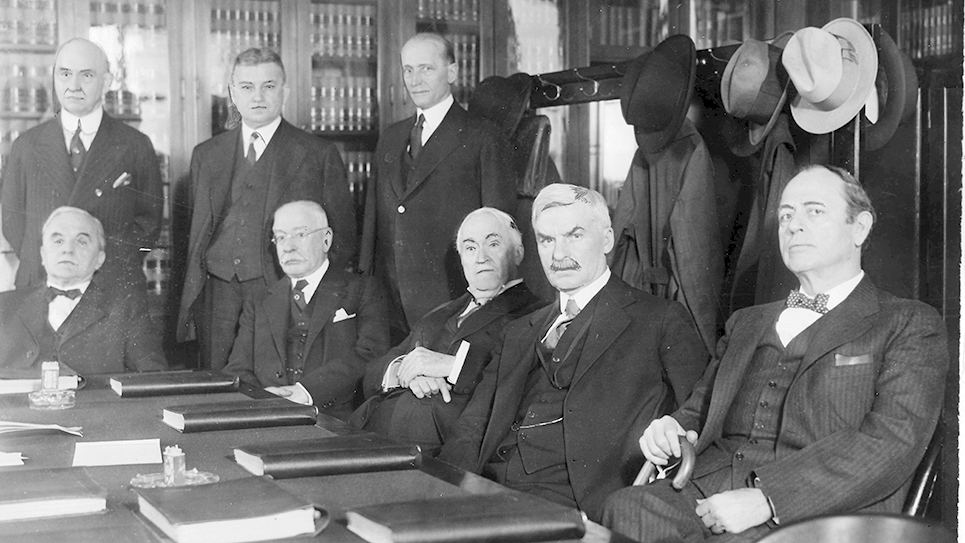Valerie Strauss, writing at the Washington Post (08/15/2015), provided a report last week of a high-profile New York court case brought by Great Neck public school district fourth-grade teacher Sheri G. Lederman. Leiderman is suing state education officials over the controversial method used to evaluate her, and other New York Teachers.
The implications of this court case go far beyond the state of New York, however, as “value added measurement (or modeling)” or VAM, is used to evaluate teachers across the country. In Tennessee, the “Tennessee Value-Added Assessment System,” or TVAAS, is the model used. VAM uses standardized test scores to determine the “value” of a teacher while presumably factoring out influences a teacher has no control over, such as hunger, sickness, or stress.
VAM uses a complicated computer model to predict how students with similar characteristics are supposed to perform on standardized tests, and then evaluated teachers on how well their students measure up to the predictions. VAM became popular among the school reform crowd as a “data-driven” evaluation solution. But statisticians and evaluation experts have warned that this method is not reliable for evaluating teachers.
Lederman’s story is all too familiar to many (including Knox County) teachers. In 2012-13, nearly 70% of her New York students met or exceeded state standards in both English and math. She was labeled “effective” that year. In 2013-14, her students’ test results were comparable, but she was rated “ineffective.” At least her district superintendent, Thomas Dolan went to bat for her, declaring that Lederman, whose students’ standardized math and English Language Arts (ELA) scores were consistently higher than the state average, has a “flawless record.”
Lederman and her husband, attorney Bruce Lederman, sued state officials, challenging the rationality of the VAM and alleging that the NY State Growth Measures “actually punishes excellence in education through a statistical black box which no rational educator or fact finder could see as fair, accurate, or reliable.”
They obtained affidavits of support from a number of education experts. On August 12, New York Supreme Court Justice Roger McDonough presided over a hearing in the case, and he was “not amused” with the state’s case.
Carol Burris, a former award-winning principal at a New York high school and currently the executive director of the nonprofit Network for Public Education Fund, attended the hearing.
Burris writes that NY Supreme Court judge McDonough became exasperated when Assistant Attorney General Colleen Galligan responded to his questions, with “circuitous responses about bell curves, outliers, and adjustments.”
McDonough understood that the state’s VAM system artificially sets the percentage of “ineffective” teachers at 7%. He asked, “Doesn’t the bell curve make it subjective? There has to be failures.”
Galligan replied she didn’t like the word “failure,” preferring the term “outlier.” Those who received ineffective growth scores were the “outliers who are not doing a good job.”
The judge persisted, “Did her students learn nothing? How could it be that she went from 14 out of 20 points, to 1 out of 20 points, in one year?” He noted that the students’ scores were “quite good, and not that different from the year before.” He said, “Therein lies the imprecise nature of this measure.”
But if Sheri Lederman is an “outlier,” we need more teachers like her.
Burris recounts that she met Lederman in 2013, at a forum held at Hofstra University, called “More than a Score.” Lederman’s principal recommended her as a panelist, saying, “She is not only a remarkable teacher, she is a scholar in childhood education.”
Burris continues, “During the forum, Lederman explained what good elementary education should be. Her thoughtful presentation full of authentic concern for the effects of Pearson testing on her 4th graders was the most moving presentation of the evening. The following year, in 2014, Lederman received her ineffective score from the state.”
“The master teacher, known for her high expectations for students and her belief that every single student can succeed with her help, was in shock,” Burris writes. “After being told the bad news, Lederman recalls sitting at her desk thinking there must be some mistake. She thought about quitting, and then she got angry.”
Lederman recently told Burris:
“I spend a lot of time teaching my students about the injustices that have historically plagued populations across the world. It is often the case that one single person must step up and take a stand against an unjust law or governing body, becoming the tipping point for so many others. I could not stand by and accept what SED [State Education Department] and the Legislature were doing to me and every other educator out there. I have made the choice to take a public stand. Win or lose, I won’t stand by and be ineffective in this fight.”
Burris writes that Lederman was not the only teacher at her school, one of the highest performing elementary schools in the state, to receive an “ineffective” score. In 2014, 21% of the staff received a score of “ineffective,” 21% were deemed “developing” and 57% were “effective.” The previous year, not one teacher received an ineffective score.
This was repeated in high achieving schools across the state in 2014.
Yet at the Lincoln School in Rochester, which is designated as a priority/failing school by the state and had a proficiency rate of less than 3%, 100% of the teachers received “effective” scores from the state, with 7% rated “highly effective.” Martin Luther King Jr. School in Utica NY is another priority/failing school, yet 60% of the teachers received “effective” VAM scores and 40% received “highly effective” scores.
These dramatic differences illustrate the irrational state-produced teacher scores based on the New York Common Core tests. Insert your state in place of New York. The same thing is happening across the nation.
Burris continues her recount of the hearing:
“Bruce Lederman argued the irrationality of that rating system before the court. He laid out a careful, systematic argument. He was not opposed to evaluation. He was not even opposed to evaluation based on a measurement of student learning growth. He objected to a rating created in a black box that spit out predictions that compared his wife’s students to “avatar students.” He was disturbed that when questioned, that system responds with “because we say so.” He noted that “the magic of numbers brings a suspension of common sense.”
“There is nothing in the law that requires a bell curve,” he argued. He explained that a bell curve with its forced failures violates that law that requires that every teacher must be able to get all scores. Not only did he want the court to set aside his wife’s score, he wanted the court to “declare the measure an abuse of discretion” because “the State Education Department does not get a pass on unreasonable and irrational actions.”
After 90 minutes of argument, the court adjourned.
Supreme Court Justice McDonough’s decision is expected in two to three months. Teachers across the nation are watching this court case carefully.






